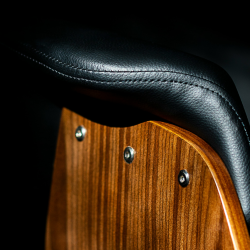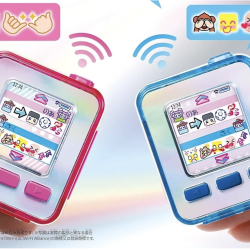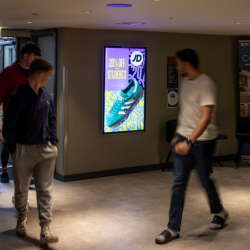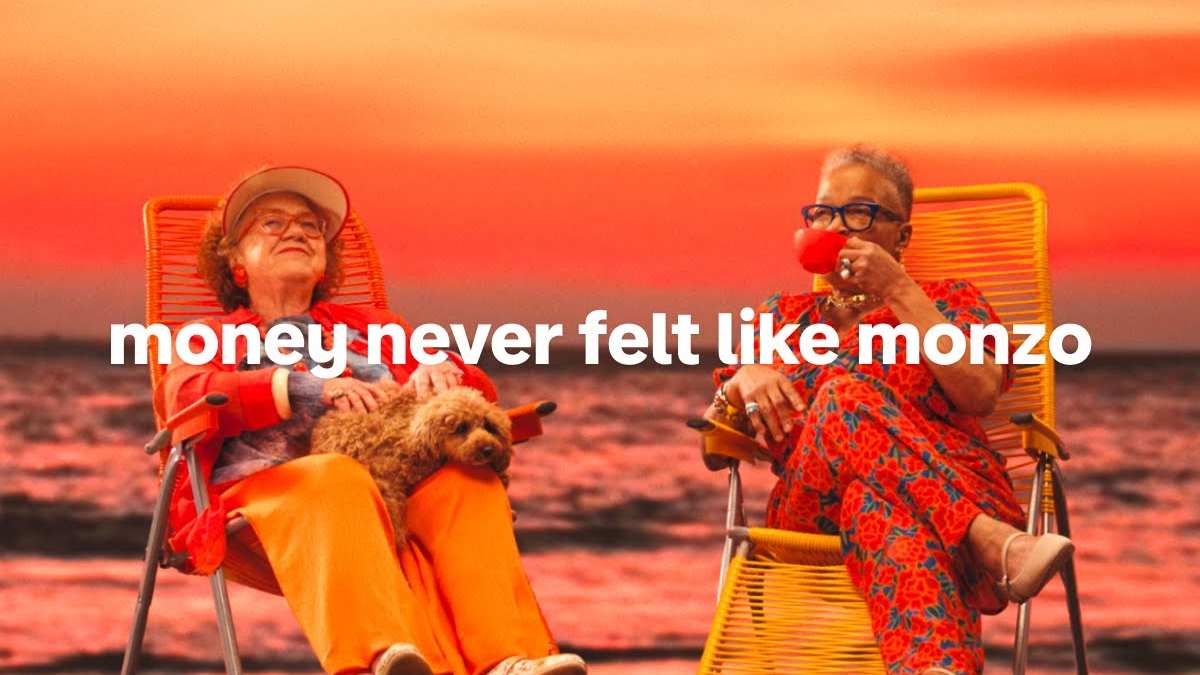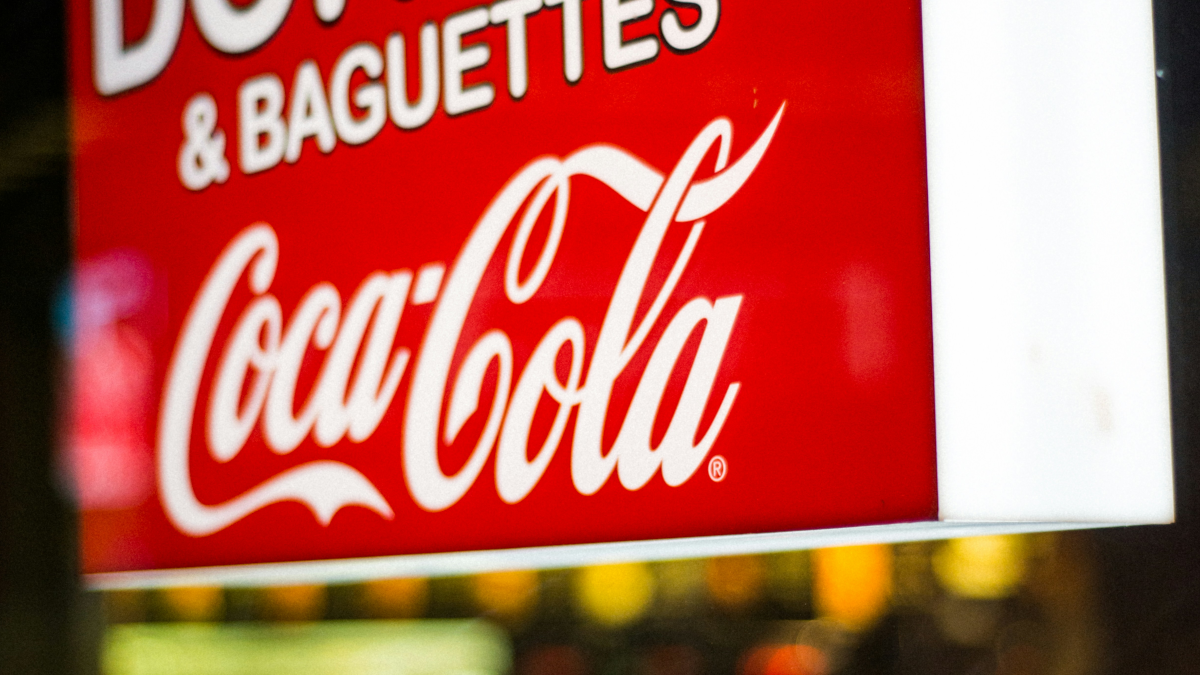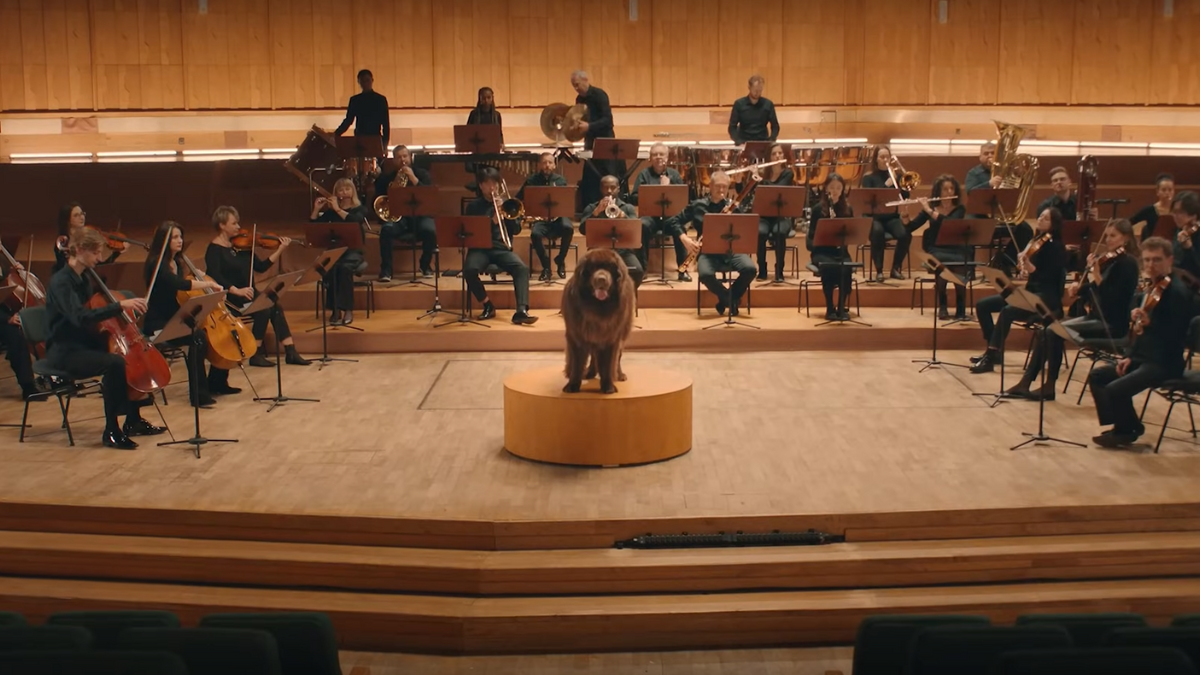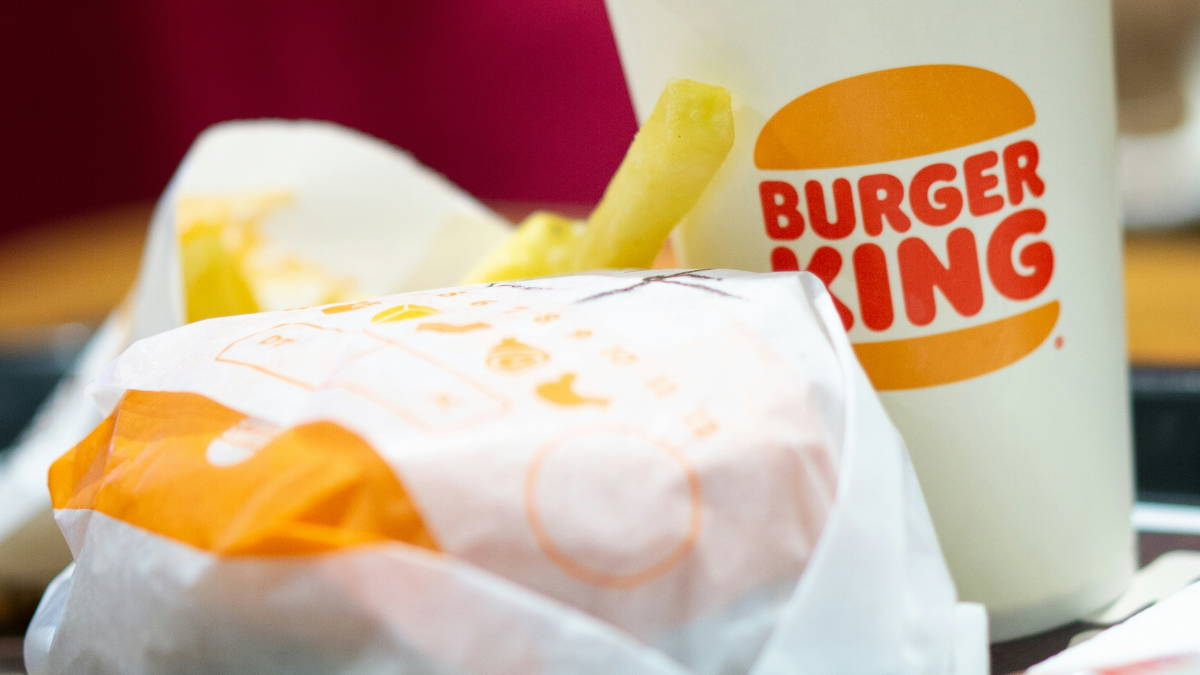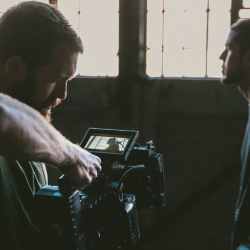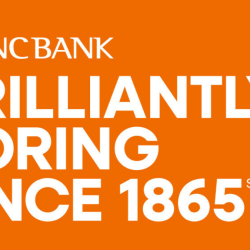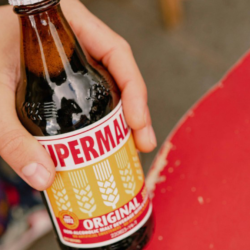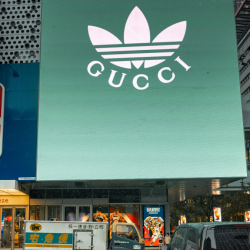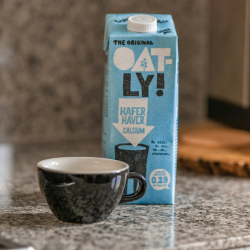You can be a disruptive brand without being an industry disruptor. Disruptive marketing and disrupting the market are two distinct things. One uses standout creativity to gain a competitive advantage. Out-thinking and out-manoeuvring bigger players who don’t have to try as hard. (Think Avis versus Hertz.) It’s about making a lot of noise. And being creative within your limitations.
The other speaks of challenger brands solving a category-wide problem. Fixing a sector that has long been broken and shaking up the status quo — so much so that the establishment are looking in their rear mirror.
If you aren’t ruffling a few feathers, you’re probably not doing disruption right. They offer a game-changing proposition, which future start-ups will no doubt mimic. These are the tell-tale signs of a challenger brand. For the consumer, this translates into large-scale behavioural change. Bank by app, switch up milks, buy pre-loved, drink craft beer. If the brand is changing habits like this, you’re looking at a challenger. The two aren’t mutually exclusive, of course. They often go hand in hand. The common philosophy is doing things differently.
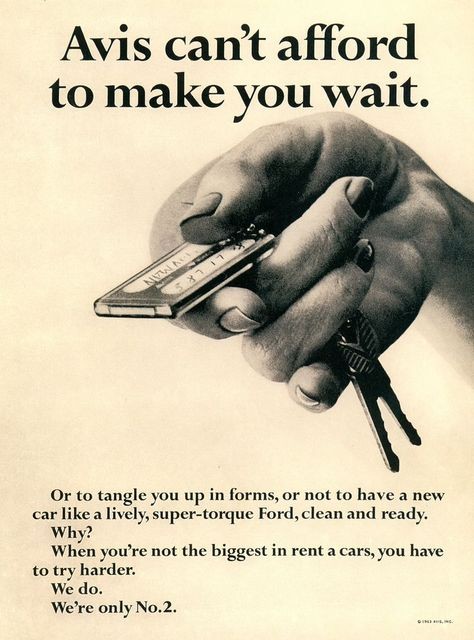
Bravery means embracing tension
What we really mean by doing things differently is creating tension. We mean grounding creative thinking in conflict. Conflict against a commonly held opinion, conventional wisdom or an existing order. When the world waltzes, you tango. That takes bravery.
We should always be striving for work that’s different. That’s what clients pay us for. To be allergic to bland. Beige ads cost £9.8m in additional media spend to get the same business effects as an emotional ad, according to System1 and eatbigfish.
But it’s not as black and white as seeing something — and doing the exact opposite. We need more colour, which is where strategy comes in. To apply insight and enable us to be meticulous in the mayhem. Then we need high-impact visuals, rhythm, meaning and sound. Adding an element. Subtracting something else. Multiplying by the power of three. If there’s no such thing as an original idea, remixing is very much in the equation. And tension is a great conduit to remixing to create something new.
As the line from Fever Tree suggests: ‘If ¾ of your drink is the mixer, mix with the best.’ You’re only as diverse as what you put in. If you want ‘different’, you have to look in different places and mix up your influences and reference points. Look outside of your sector for inspiration. Look up from the black mirror. Go to a nightclub. Read the paper. Put Radio 4 on. Watch the pole vaulting. Switch to Magic. Get cheap tickets to the opera. Soak it all in and put it back into your work. This is creative innovation. And the result is weird and wonderful.
Juxtaposition is, by nature, unexpected. Put two things next to each other that are meant to go together, and it’s just an ordinary combination of expected elements. The only way to catch attention these days is to subvert expectation — wherever your brand is showing up. People think they’ve seen and heard it all. Until we show them otherwise.

When we think of disruption, we tend to think ‘loud’ and ‘sudden’. But it can also live quietly. Because ultimately, it’s relative to the brand. A challenger in financial services looks very different to a challenger in the world of mattresses. Doing things differently could mean doing something you’ve never done before. It could be bending the rules on OOH. Trying out TikTok, dare I say. Doing a ‘fake’ OOH. Dabbling in AI. Making a 10-minute TikTok. One brand’s ‘innovation’ is another brand’s ‘last year’.
Of course, it’s worth considering how the challenger eventually becomes the challenged. Can big brands be challengers? Does adopting the mindset outweigh the reality? Brewdog started the craft beer revolution, but now find themselves on the verge of occupying the position they first rebelled against at inception. The slow march towards mass market domination. Every brand can start as a plucky challenger, but can’t remain one forever.
In fact, business success more often than not depends on maturing beyond that status. Until that point, let’s appreciate the power of creativity in getting us there.
Featured image: Monzo / Money feels different on Monzo ad


